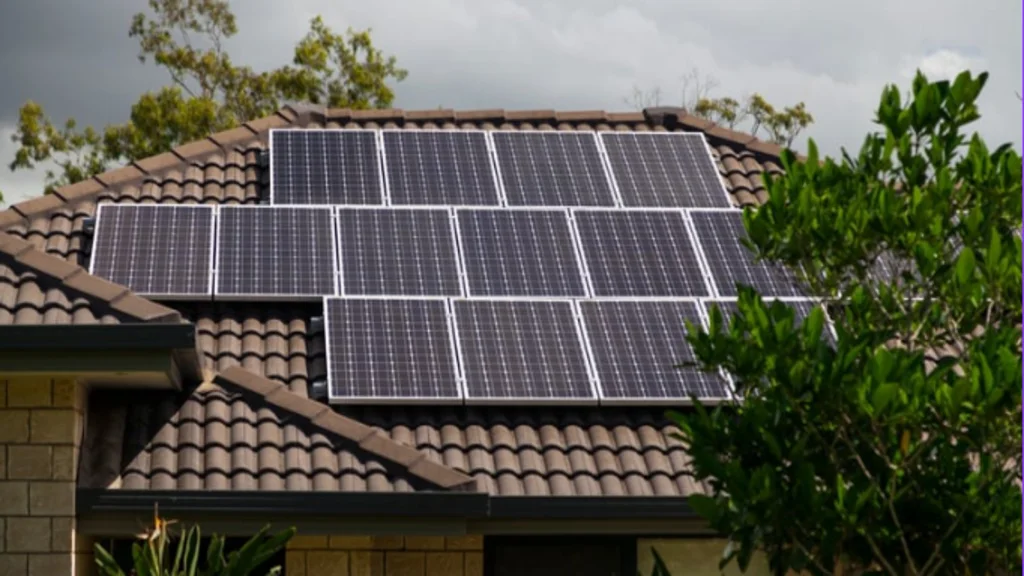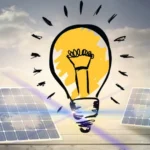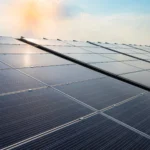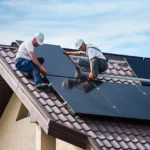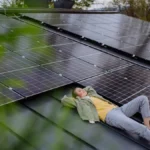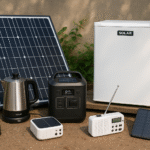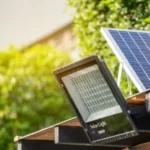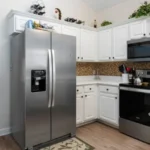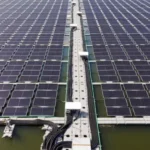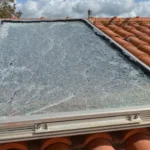Imagine walking into your home on a sunny afternoon and knowing that your lights, appliances, and even your car are powered by clean, renewable energy generated on your rooftop. That’s not a futuristic fantasy. It’s the daily reality for thousands embracing Green House Solar.
This post explores what green house solar is, how it works, its real benefits, and the pitfalls to avoid if you’re considering or already using solar.
What Is Green House Solar?
Green house solar refers to solar systems designed for homes with energy efficiency in mind. These systems combine solar panels, batteries, smart inverters, and sometimes EV chargers to reduce grid reliance and carbon output.
Whether you’re designing a new eco-home or upgrading an existing one, green house solar can make your home brighter, cleaner, and more cost-effective.
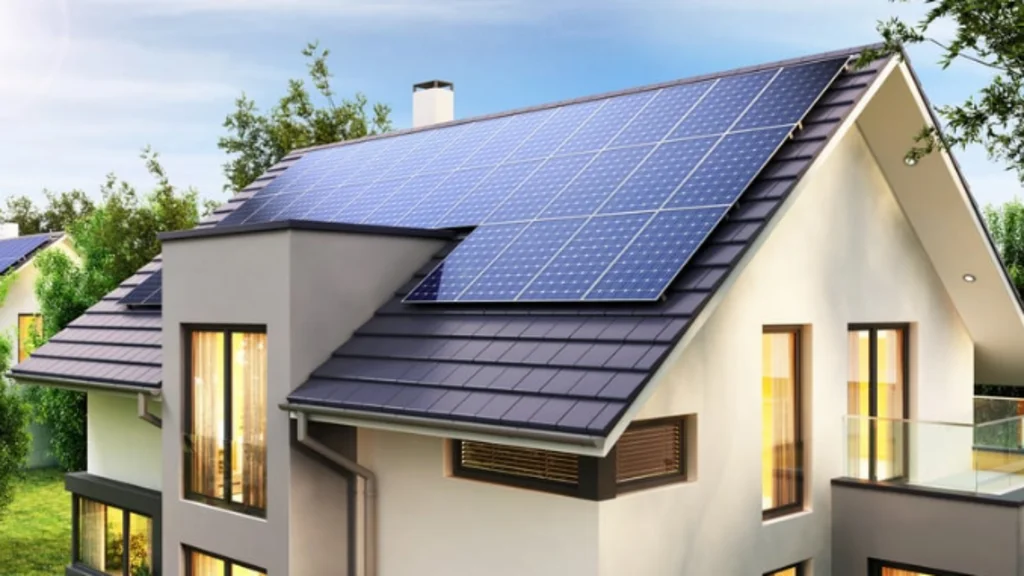
Why Homeowners and Small Businesses Are Going Solar
The rise in energy costs and the increasing demand for sustainable solutions have led many homeowners and businesses to consider solar energy. The benefits go beyond cost savings.
If you’re looking to reduce monthly bills and make a positive environmental impact, solar energy could be the right choice.
Key Benefits:
- Reduced energy bills over time
- Energy independence during outages or peak pricin
- Smaller carbon footprint
- Higher property value
- Access to tax credits and rebates
Real-World Insight: Why Maintenance Matters
Many solar owners overlook the importance of routine maintenance. Dirty panels and neglected inverters can lead to noticeable energy loss.
In one case, a homeowner in Florida saw an 18% dip in output simply due to panel soiling. After a quick cleaning, performance returned to normal.
Also visit here : Solar panel cleaning.
Key Components of a Green House Solar System
A solar system isn’t just panels on a roof. It’s a combination of parts that must work together efficiently.
Here’s a breakdown of each component and what role it plays in your energy independence.
1. Solar Panels
Solar panels absorb sunlight and convert it into electricity. Most homes use monocrystalline or polycrystalline panels ranging between 350W and 450W. Monocrystalline panels offer higher efficiency but are more expensive, while polycrystalline are budget-friendly.
2. Inverter
The inverter turns direct current (DC) from the panels into alternating current (AC) used by your home. There are string inverters, microinverters, and hybrid inverters. Microinverters are great for shaded roofs, while hybrids work well with batteries.
Troubleshooting tip: If your inverter is showing a red light or error code, check for loose wires or tripped breakers. If unresolved, call a professional.
3. Solar Battery
Batteries store excess solar energy for use at night or during outages. Popular models include Tesla Powerwall, Enphase IQ, and LG Chem RESU. Battery capacity ranges from 5 to 15 kWh, and lifespans typically run 10 to 15 years.
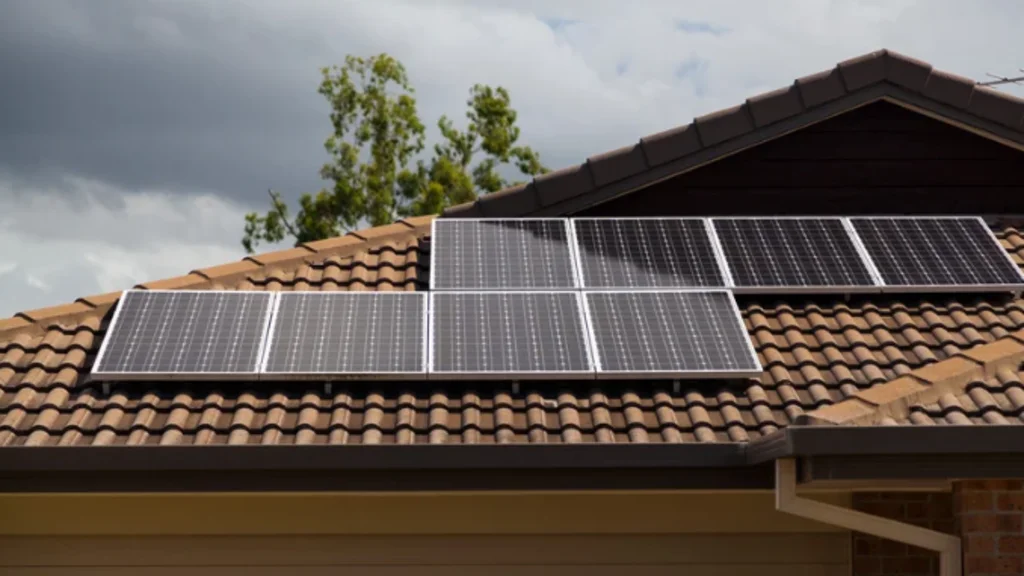
Solar Charging: EV and Smart Home Integration
More homeowners are integrating solar power into smart homes and EV charging. This adds convenience and increases energy savings.
If you’re driving an electric vehicle, charging it with solar can reduce fuel costs and emissions.
EV Charging With Solar
To set up an EV charger at home, you’ll need a Level 2 charger and an upgraded solar system to handle the load.
Plan for 2 to 4 extra kilowatts of panel capacity if you’re charging daily.
Expert tip: Schedule charging during midday when solar production is highest. Also, consider using a solar app to automate load balancing.
How to Maintain Your Solar System for Peak Performance
Like any home system, solar energy systems require occasional maintenance. Performance can drop if you don’t clean or inspect your setup regularly.
Routine maintenance helps ensure long-term savings and prevents costly repairs.
Cleaning Checklist
- Rinse panels with a hose every 3 to 6 months
- Use solar-safe soap and a soft brush for tougher grime
- Remove leaves, pollen, or bird droppings regularly
Inspection Guide
- Look for broken glass or corrosion
- Monitor inverter for warnings
- Get a professional inspection once a year
One solar owner in Arizona noticed a 14% output jump after a spring cleaning and tightening a loose connection.
Also click here : Solar system for home.
Common Mistakes in Solar System Design (And How to Avoid Them)
A poorly designed system can cost more in the long run. Simple oversights during installation or planning often reduce efficiency.
Avoiding these mistakes will ensure your solar setup performs optimally for years.
Common Pitfalls
- Roofs not facing the sun or at incorrect tilt angles
- Ignoring nearby shade from trees or buildings
- Under-sizing the system for your future energy needs
- Not preparing for battery storage in the future
Always ask your installer for an annual kWh output estimate and design flexibility for future upgrades.
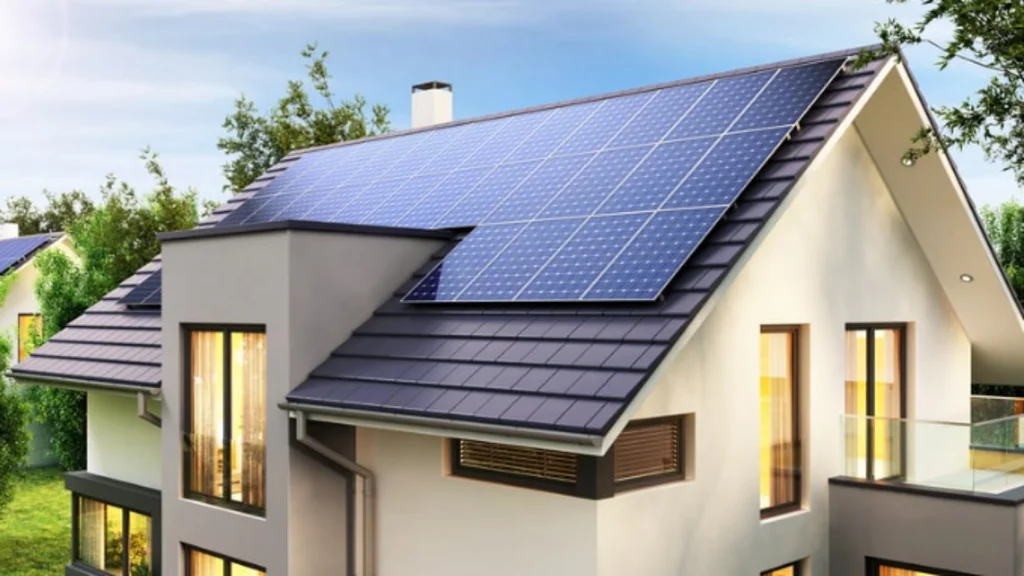
Solar and the Grid: Net Metering and Off-Grid Options
When you go solar, you have two choices: stay connected to the grid or go completely off-grid. Each option has pros and cons.
Understanding how they work will help you pick the best fit for your needs.
On-Grid With Net Metering
You stay connected to the power grid and earn credits for the extra electricity your panels generate.
This setup is less expensive and lets you draw power when solar production is low. However, it won’t work during outages unless you have a battery.
Off-Grid Systems
You become fully independent by installing more panels, a large battery bank, and sometimes a backup generator. Off-grid systems are great for remote areas or those who want full control, but they are more costly upfront.
ROI and Payback: What to Expect
The return on investment for a solar system depends on several factors, including energy rates, location, and incentives.
Most homeowners achieve full payback within 6 to 10 years, resulting in substantial long-term savings.
In many sun-rich states, 25-year savings can exceed $30,000. Be sure to factor in tax credits and local rebates when calculating your return.
Trusted Resources for Solar Planning
If you’re serious about going solar, research from reputable sources is key. These guides will help you compare options and avoid misleading claims.
- Energy.gov Solar Basics
- DSIREUSA Incentive Database
- National Renewable Energy Lab
- SEIA Solar Consumer Guide

Final Thoughts: Is Green House Solar Right for You?
Green house solar is an ideal solution for homeowners and businesses who want to save money and reduce emissions. But it requires careful planning, proper installation, and consistent maintenance.
Before moving forward, assess your roof, energy use, and goals to build the right system for your future.
Ready to Boost Your Solar Output?
If your panels haven’t been cleaned in over 3 months, you could be losing 10 to 20 percent of your energy output. Book a system checkup today and start maximizing your solar investment. Whether it’s a cleaning, battery upgrade, or system expansion, regular upkeep keeps your solar setup running strong.
FAQs
What is a solar greenhouse?
A solar greenhouse is a structure that uses solar energy for heating, lighting, or powering fans and systems that regulate the growing environment. These greenhouses are designed to trap heat from the sun and may also include photovoltaic (PV) panels on the roof to generate electricity. Solar greenhouses help extend growing seasons and reduce the need for fossil fuel-based energy.
What is the price of a 10kW solar system with a green meter in Pakistan?
As of mid-2025, the average cost of a 10kW solar system with a green meter in Pakistan ranges between PKR 1.5 million to PKR 2 million, depending on the brand, inverter type, and battery inclusion. Green meters are installed under the net metering policy, allowing users to sell excess energy back to the grid. Prices may vary based on installation quality, warranty, and component brands.
How much does a solar panel greenhouse cost?
The cost of a solar panel greenhouse depends on its size, location, and materials used. For a small hobby greenhouse with integrated solar panels, expect to spend $5,000 to $12,000 USD. Larger commercial solar greenhouses can exceed $50,000 USD. Costs include the frame, glazing, solar system, and any heating or irrigation systems. ROI improves with higher energy savings and extended crop cycles.
Do solar panels work through a greenhouse?
Solar panels do not work effectively through a greenhouse roof, especially if the roof is made of polycarbonate or glass, which diffuses or reflects some sunlight. Instead, solar panels are typically installed on top of or adjacent to the greenhouse. If panels are placed directly on the roof, they may block some light, so careful design is essential to balance energy production and plant growth.
Do greenhouses allow sunlight?
Yes, greenhouses are specifically designed to allow sunlight to pass through. The transparent or translucent materials, like glass or polycarbonate sheets, let in sunlight while trapping heat inside. This controlled environment helps grow plants efficiently, even in colder seasons. Advanced greenhouses can also include light-diffusing panels to evenly distribute sunlight.

